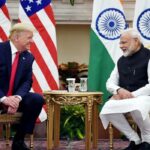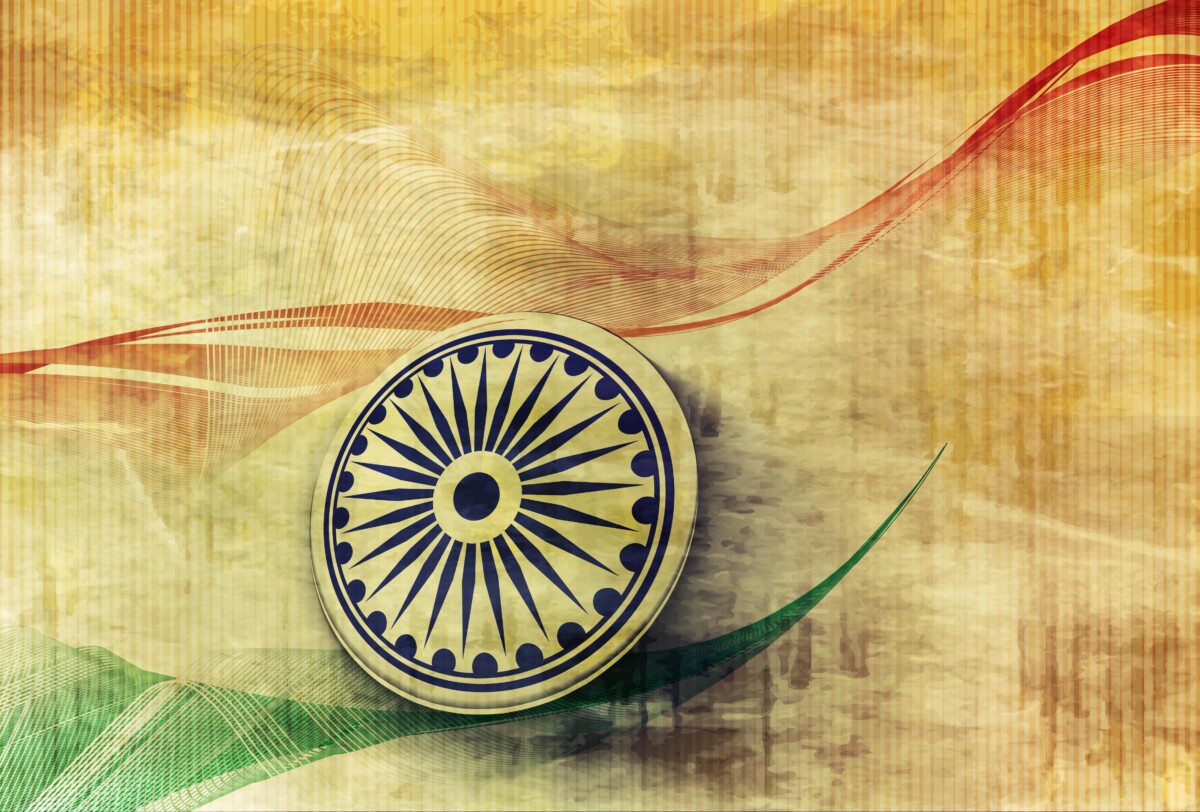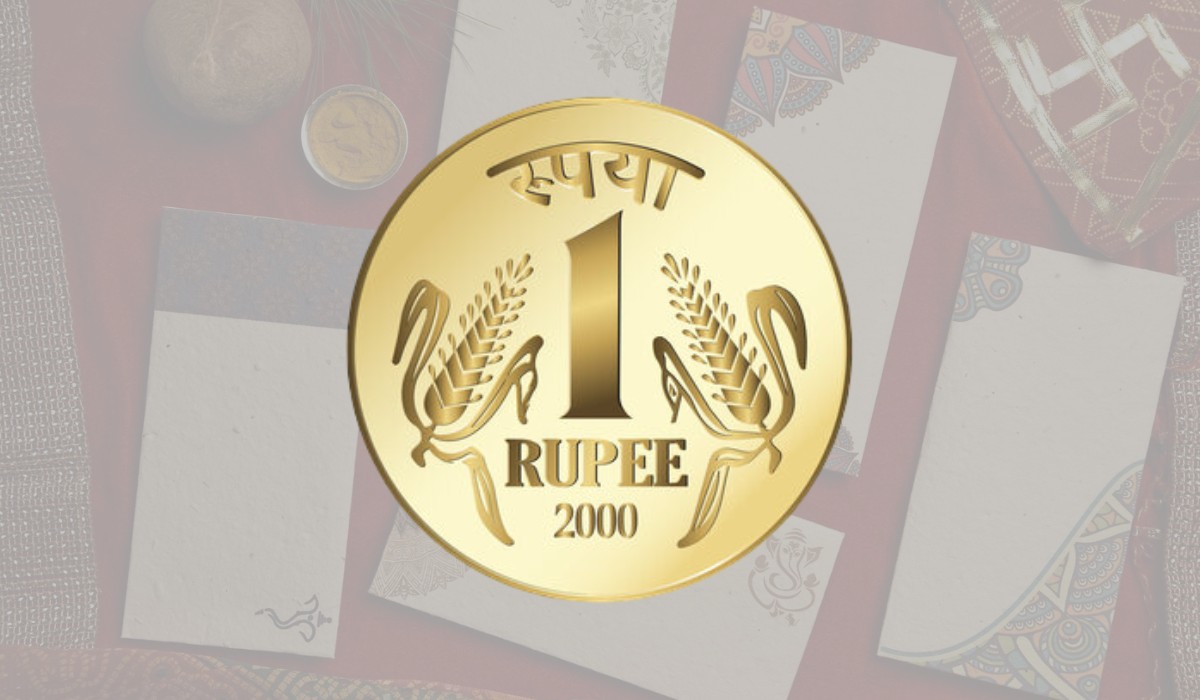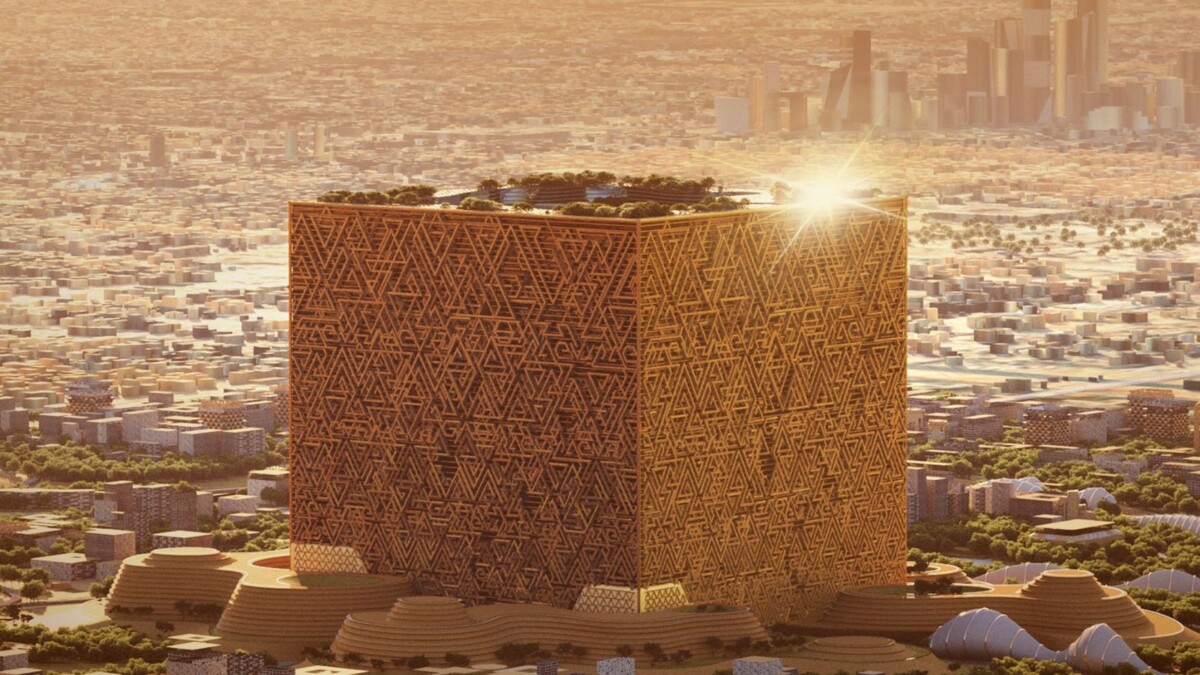As the 2024 US elections approach, the possibility of Donald Trump returning to the White House raises important questions about the future of India-US relations. A second Trump presidency could bring a mix of opportunities and challenges, especially in key areas like trade, immigration, military cooperation, and diplomacy. While India’s relationship with the US flourished under Trump’s first term, particularly through his camaraderie with Prime Minister Narendra Modi, a second term could reshape certain aspects of this strategic partnership.
Trade: Uncertainty and Opportunities
During his first term, Trump adopted a protectionist approach to trade, emphasizing the “America First” policy. This included withdrawing from international agreements such as the Paris Climate Accords and the Iran nuclear deal. For India, a major trading partner of the US, a potential second term could lead to changes in trade dynamics, especially in sectors such as IT, pharmaceuticals, and textiles, all of which depend on the US market.
Trump has already made statements suggesting he would implement reciprocal tariffs, accusing countries like China, Brazil, and India of imposing high tariffs on US goods. For example, Trump has stated that India is one of the highest “chargers” when it comes to tariffs on foreign products, which could have implications for India’s exports to the US.
However, there is an upside for India. Trump’s continued push to decouple from China could present India with an opportunity to position itself as an alternative manufacturing hub for US businesses looking to diversify their supply chains away from China. The trade relationship could evolve with India becoming a key player in Trump’s reshuffled global supply chains.
Immigration: Impact on the Indian Workforce
Trump’s first term was marked by restrictive policies on immigration, particularly the H-1B visa program, which is crucial for many Indian professionals, especially in the IT sector. His administration attempted to raise wage requirements and imposed additional restrictions on foreign workers, which affected Indian tech firms that rely on skilled Indian talent.
A second Trump term could see the reintroduction of similar policies, potentially restricting the flow of Indian workers to the US. This would impact not only the Indian workforce in the US but also the operations of tech companies in both countries. India could face challenges as it navigates the changes in immigration policies, with the US market being a key destination for its tech professionals.
Military Ties and Defence Cooperation
Under Trump, India-US military relations saw significant growth, largely driven by shared concerns over China’s growing influence in the Indo-Pacific region. The Quad initiative, an alliance between the US, India, Japan, and Australia, was elevated during Trump’s presidency, and defense cooperation, including arms sales and joint military exercises, became a central element of the partnership.
While Trump has voiced criticism of NATO, his administration’s approach to military cooperation with India may continue due to the shared strategic goals of countering China’s regional dominance. Defence deals like the GE-HAL jet engine agreement and initiatives like the Initiative on Critical and Emerging Technology (iCET) are likely to continue, as both countries have mutual security interests.
Additionally, Trump’s “Peace through Strength” approach may align with India’s counterterrorism objectives, particularly in relation to Pakistan. India’s longstanding demand for a firmer US stance on Pakistan, especially concerning terrorist activities along its borders, could see more alignment under a second Trump administration.
Diplomacy and Relations with Modi
A second term could see the continuation of the personal rapport between Trump and Prime Minister Modi. Their relationship, which was visibly showcased during events like “Howdy, Modi!” and “Namaste Trump,” played a pivotal role in strengthening bilateral ties. Trump’s admiration for Modi is well-known, and this personal connection could help smooth over any potential challenges in trade and immigration policies, ensuring the continuity of a robust diplomatic relationship.
However, the overall diplomatic environment may also be influenced by Trump’s “America First” approach, which could result in the US taking a more transactional view of its relationships with allies, including India. While this could strain certain aspects of bilateral diplomacy, it might also provide India with opportunities to negotiate more favorable terms in some areas.
Conclusion
A potential second Trump presidency presents both opportunities and challenges for India. On one hand, trade policies could lead to disruptions, but on the other, India could benefit from Trump’s push to decouple from China and its position as an alternative manufacturing hub. Immigration policies may pose challenges for the Indian workforce, especially in the tech sector, but military ties and defense cooperation are expected to remain strong.
While Trump’s focus on national interests could lead to a more transactional approach in diplomacy, his personal relationship with Prime Minister Modi may help maintain the momentum of India-US ties. As the US election approaches, the possibility of Trump 2.0 brings both uncertainty and promise for India, as the two nations navigate this new chapter in their strategic partnership.
Also Read: Political Structure of India: Key Appointments and Their Duration











